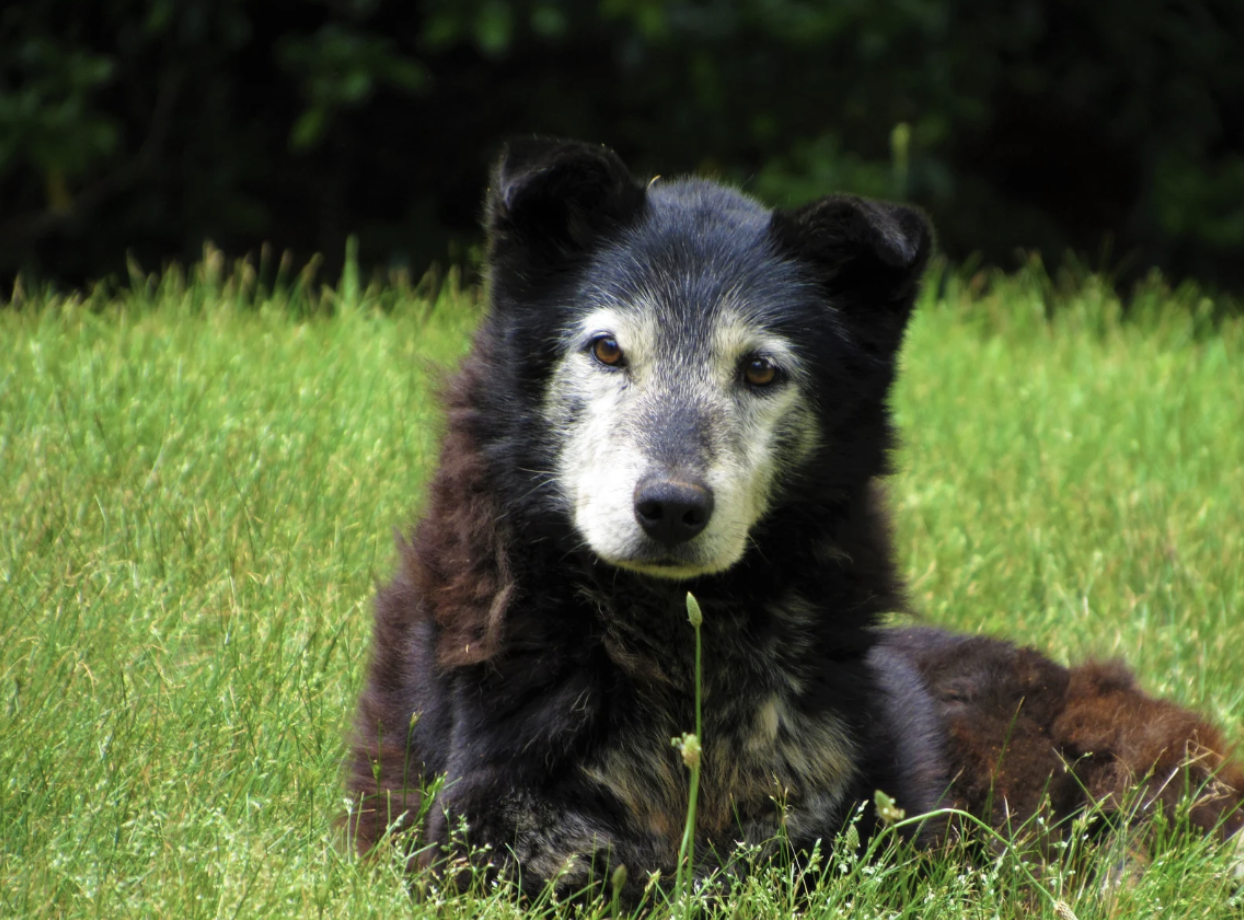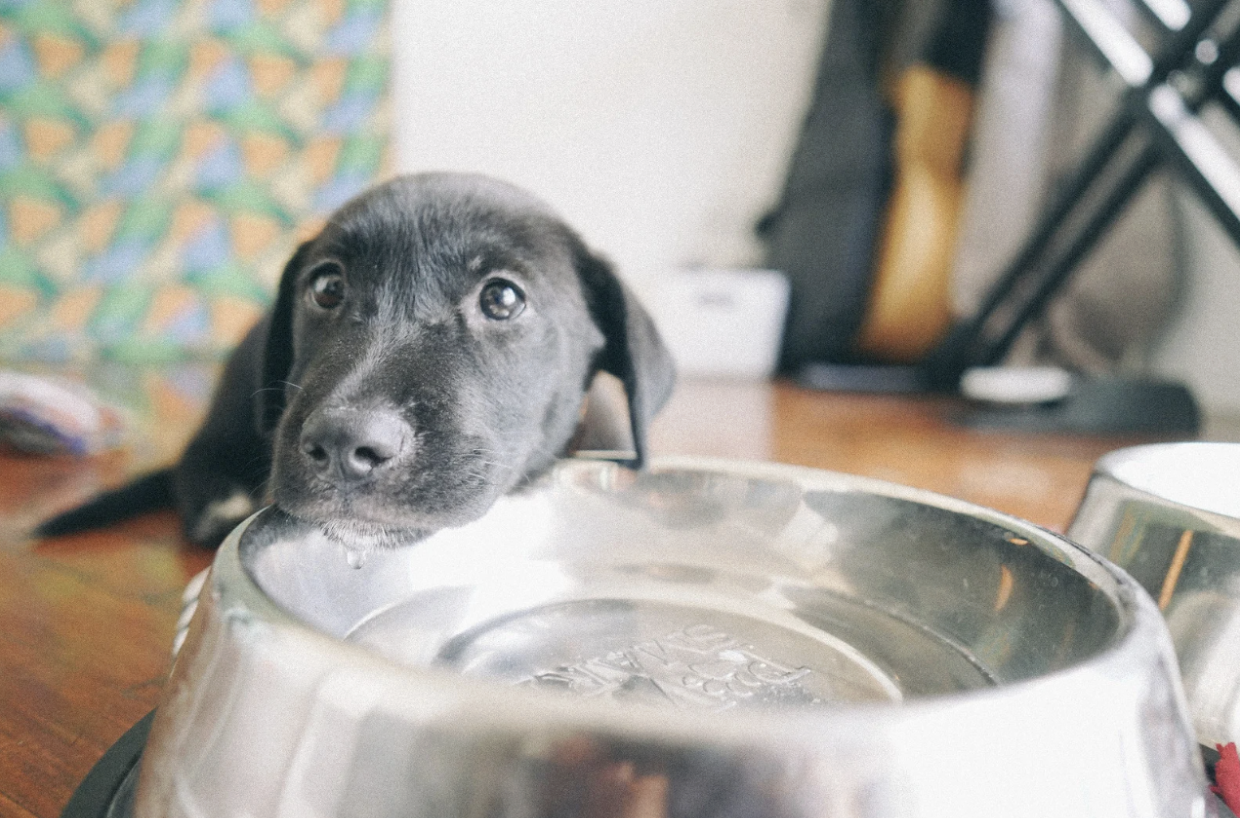

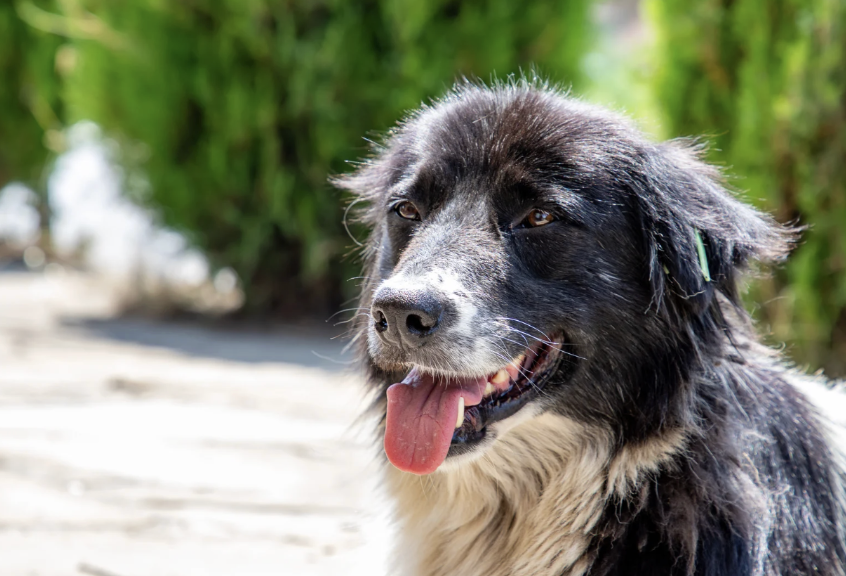
Discover expert tips to keep your dog cool and healthy during Hong Kong's hot, humid summers. Learn about optimal indoor temperatures, hydration strategies, and personalized nutrition with Petsona's dehydrated meals.
Hong Kong's intense summer heat and humidity can pose challenges for pet owners. This guide provides comprehensive strategies to ensure your dog's comfort indoors, focusing on temperature control, hydration, and nutrition. Learn how Petsona's personalized dehydrated meals can support your dog's health during the summer months.
Dogs primarily regulate body temperature through panting and minimal sweating via paw pads. This method is far less efficient than human perspiration, making them susceptible to heat stress, particularly in enclosed, humid environments like many Hong Kong flats.
Most dogs are comfortable in indoor temperatures ranging from 20℃ to 24℃ (68°F to 75°F). Humidity levels should ideally be maintained between 40% to 60%. Higher humidity makes it more difficult for dogs to cool themselves naturally, so it’s crucial to monitor both temperature and humidity indoors.
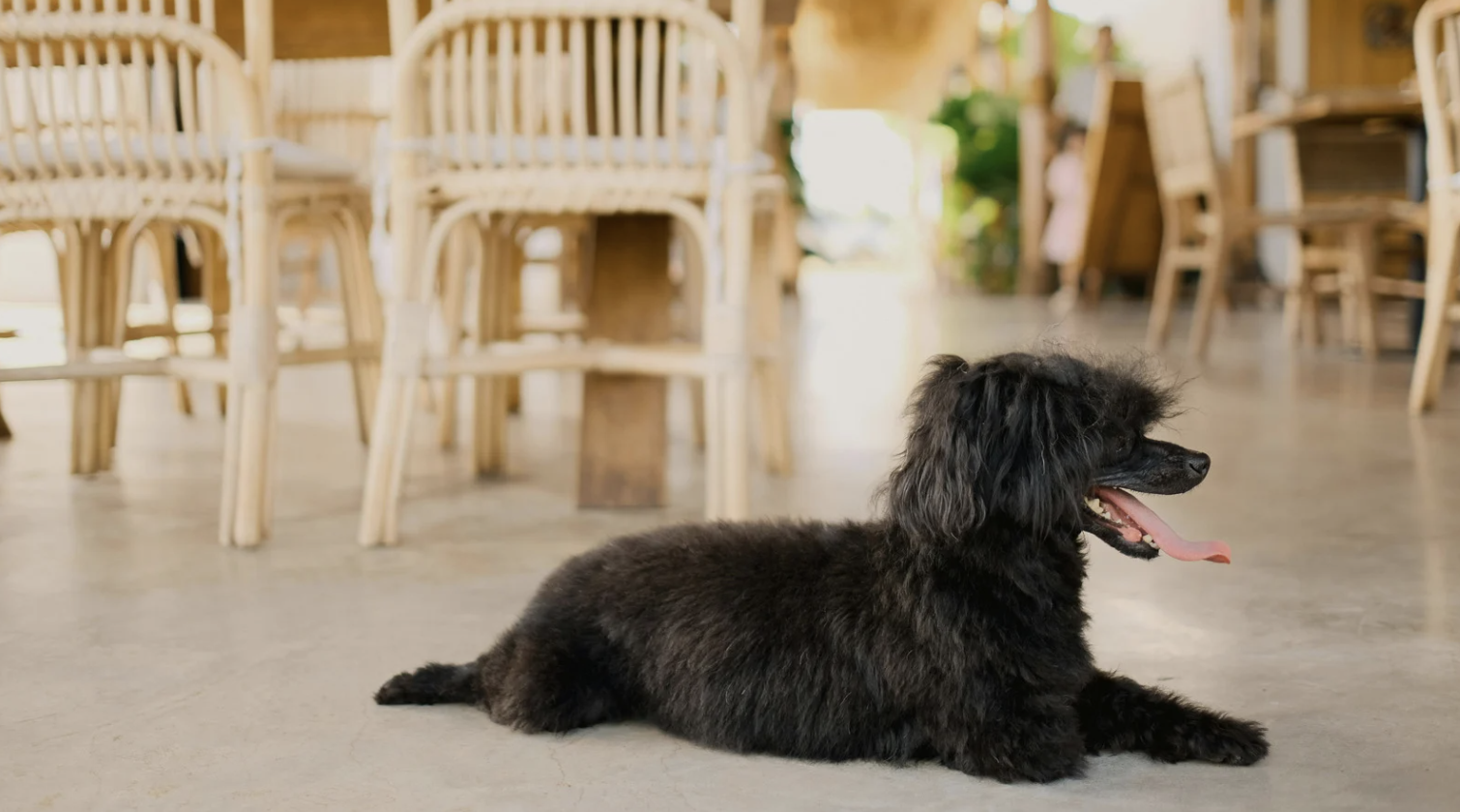
High humidity levels in Hong Kong can hinder a dog's ability to cool down, increasing the risk of heat-related illnesses. The ideal humidity level for your furry friend is around 50−60%. Humidity levels exceeding 70% not only impair cooling but can also promote the growth of mold and dust mites, which can trigger allergies and respiratory issues in both pets and humans. It's essential to monitor indoor humidity, aiming for levels between 40-60%. Utilizing dehumidifiers and ensuring proper ventilation can help maintain a comfortable environment for your pet.
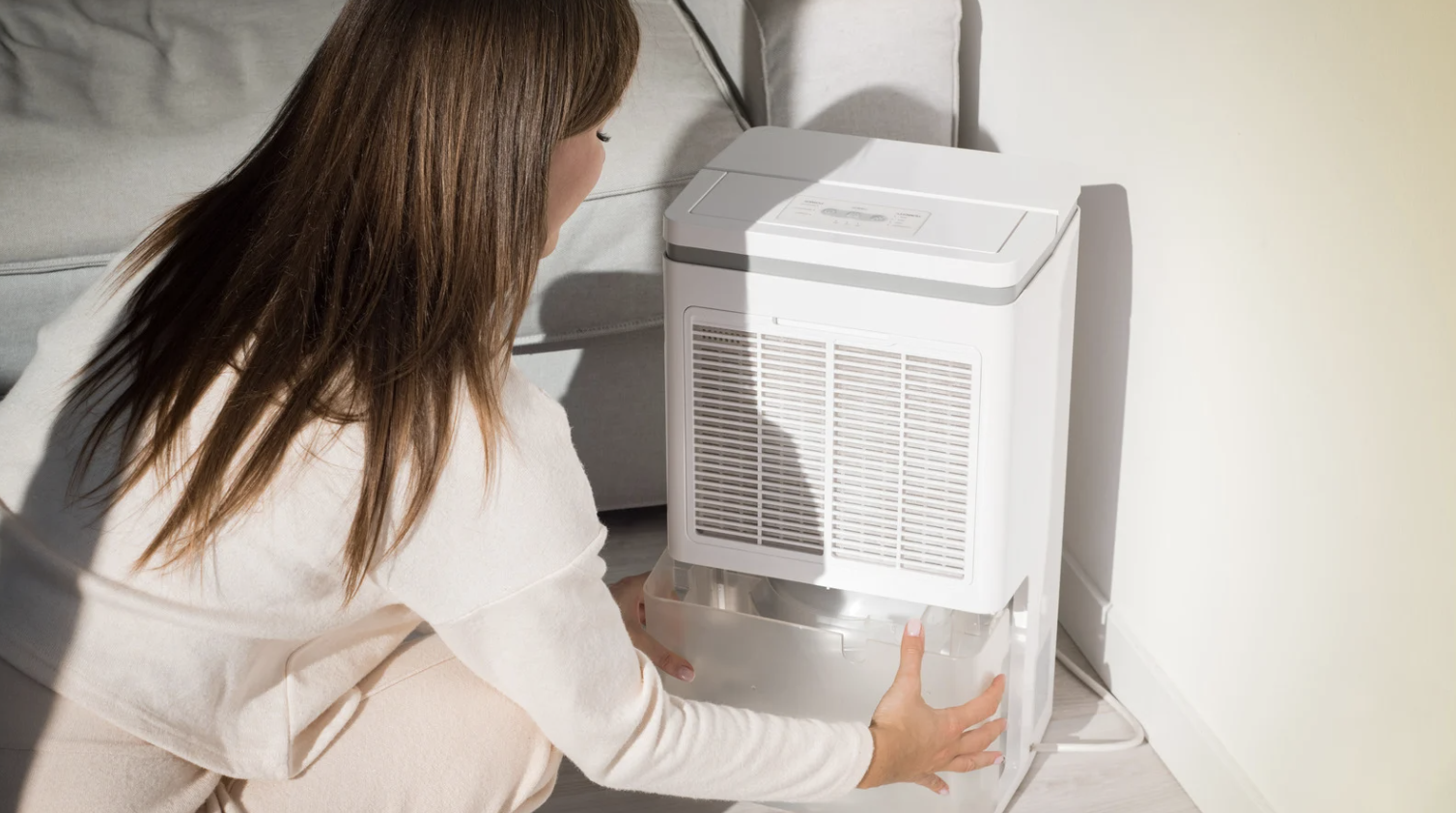
Some breeds are more susceptible to heat than others. Brachycephalic breeds (e.g., French Bulldogs, Pugs), double-coated breeds (e.g., Huskies, Golden Retrievers), and toy breeds are at greater risk.
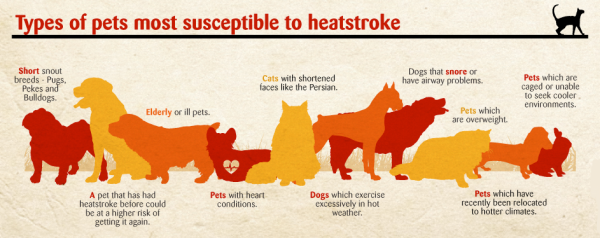
Senior dogs, puppies, and dogs with respiratory, cardiac, or endocrine conditions (such as hypothyroidism or Cushing's disease) require extra care in hot weather. These dogs may be less able to regulate their body temperature efficiently.
Given the compact nature of many Hong Kong living spaces, smart cooling strategies are essential.
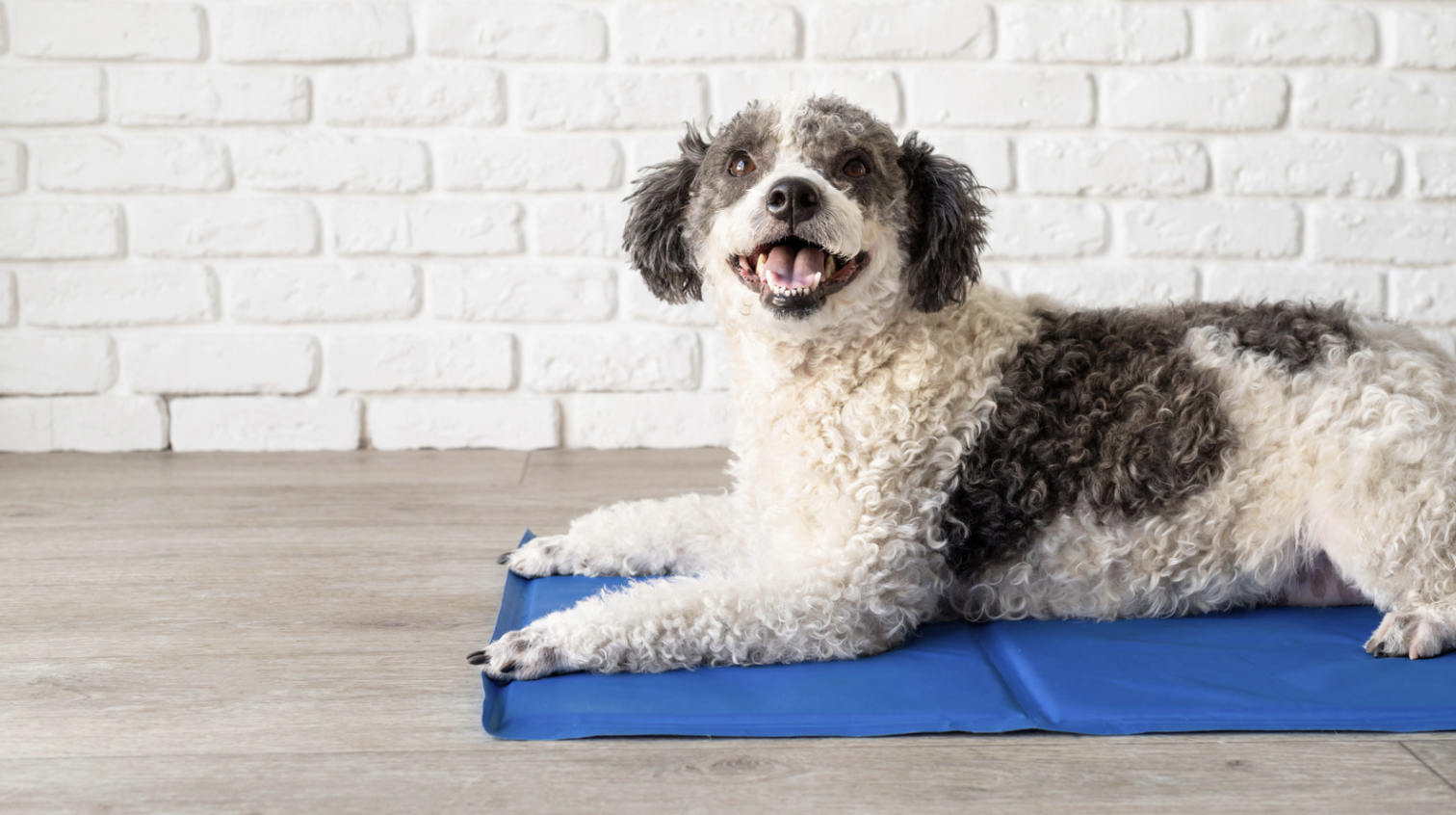
Signs of dehydration include:
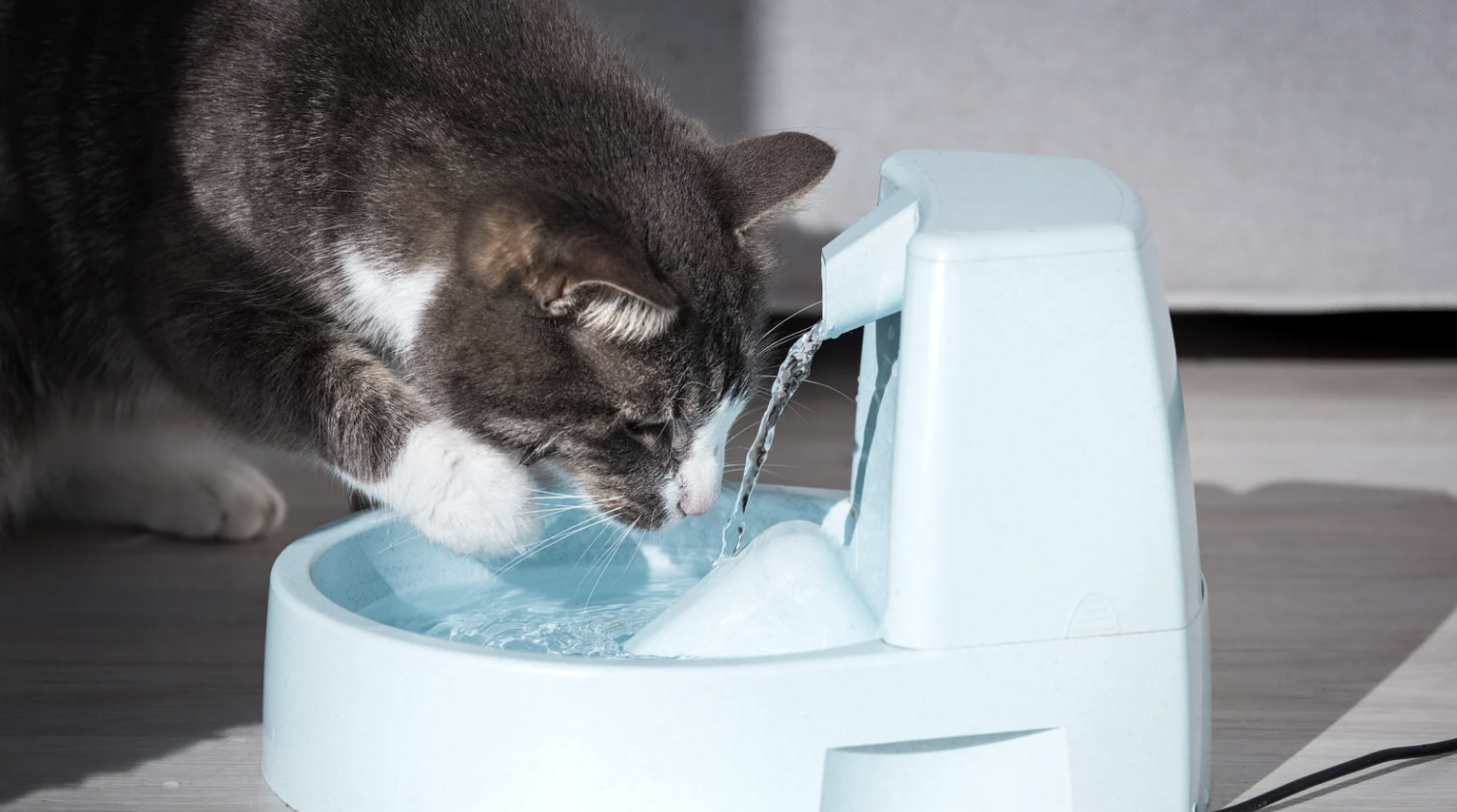
Dogs may become less active and have lower caloric requirements in extreme heat, yet they still need proper hydration and nutrient intake. Heat also influences digestion and appetite, especially in flat-faced breeds and older dogs.
Summer heat can affect your dog's appetite and digestion. Opt for easily digestible, nutrient-rich meals that support hydration and energy levels. Petsona's dehydrated meals retain up to 90% of the nutritional value of fresh ingredients, providing a balanced diet tailored to your dog's specific needs.

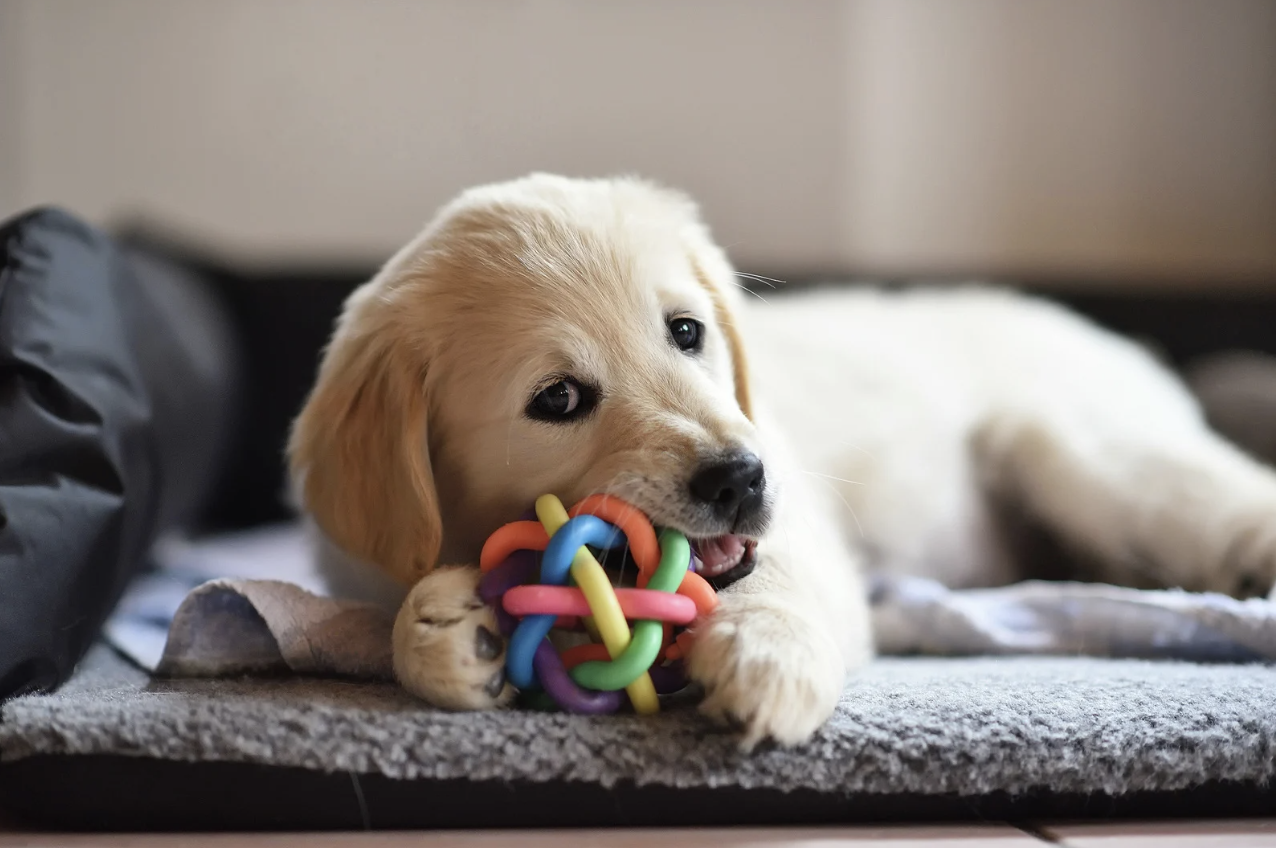

Hong Kong's summer includes typhoon season, which can disrupt routines and indoor temperatures. Ensure you have emergency supplies, including your dog's food, water, and medications. Maintain a safe, comfortable space for your dog during storms, away from windows and loud noises.
Other than that, pet parents might be also dealing with Hong Kong's "Hot Nights"
Nighttime temperatures often stay above 28℃ (82°F) in Hong Kong summers. Ensure air conditioning or fans run consistently overnight, and avoid letting your dog sleep in enclosed areas with poor ventilation.
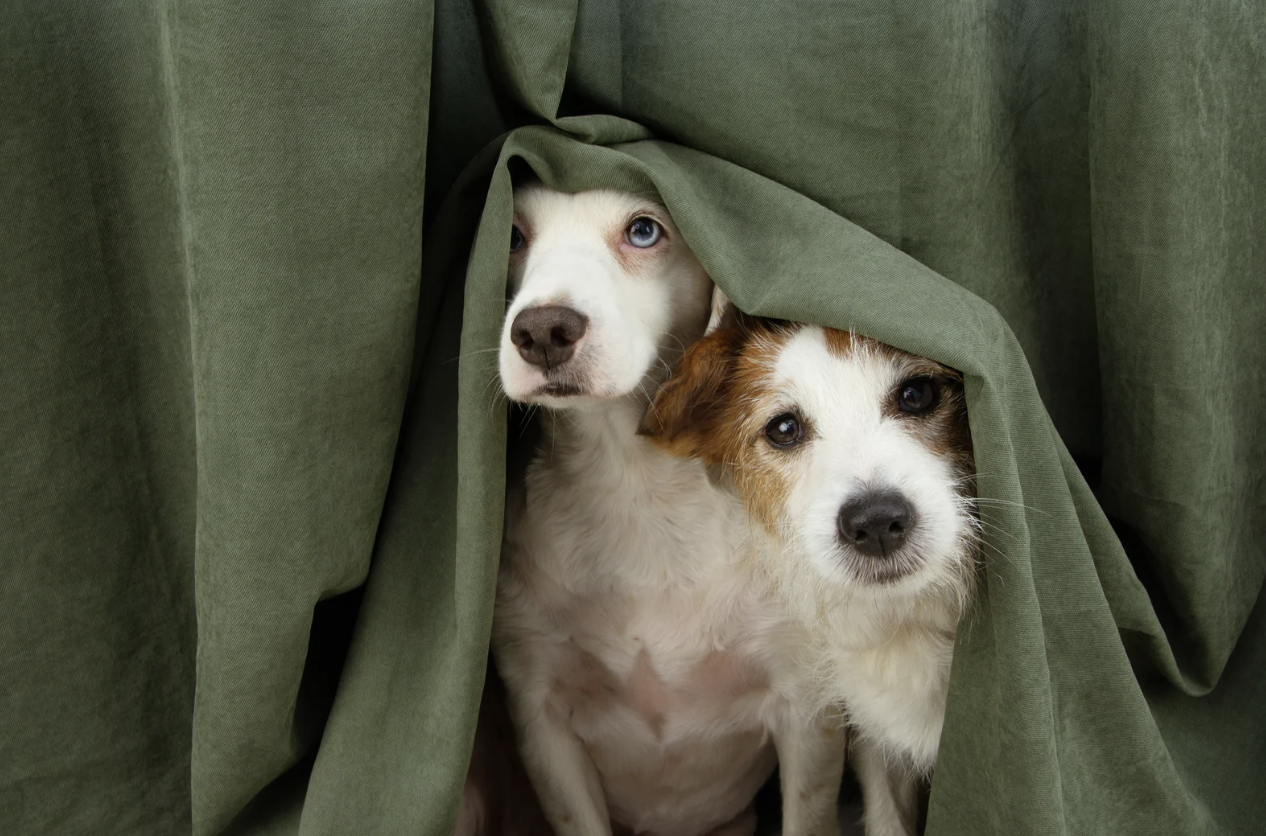
Leverage technology to monitor and control your home's environment. Smart thermostats and humidity sensors can help maintain optimal conditions. Additionally, cooling products like pet-safe fans or cooling vests can provide extra relief for your dog during peak heat periods.
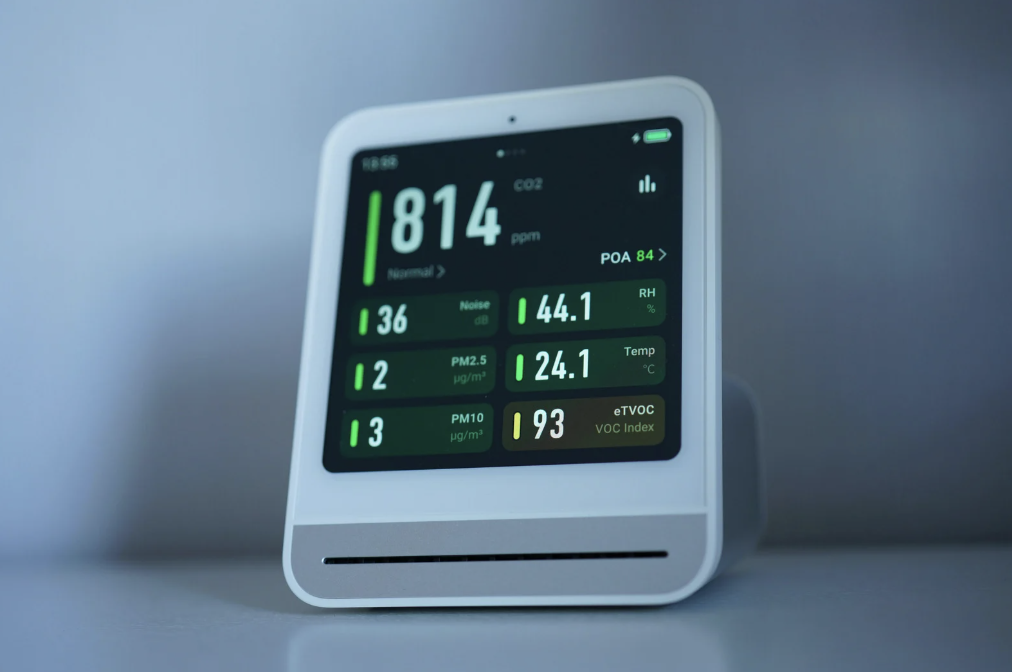
This comprehensive guide addresses the challenges of keeping dogs comfortable during Hong Kong's hot and humid summers. It covers understanding heat tolerance, managing indoor humidity, creating cooling zones, ensuring proper hydration, adjusting nutrition, modifying daily activities, recognizing heat-related emergencies, preparing for extreme weather, and utilizing technological solutions. Petsona's personalized dehydrated meals are highlighted as an effective nutritional option to support your dog's health in the summer months.
1. How can I tell if my dog is overheating indoors?
Signs of overheating include excessive panting, drooling, lethargy, and vomiting. If you notice these symptoms, move your dog to a cooler area, provide water, and consult your veterinarian promptly.
2. What makes Petsona's dehydrated meals suitable for summer?
Petsona's dehydrated meals retain up to 90% of the nutritional value of fresh ingredients, offering a light, easily digestible option that supports hydration and energy levels, ideal for the summer months.
